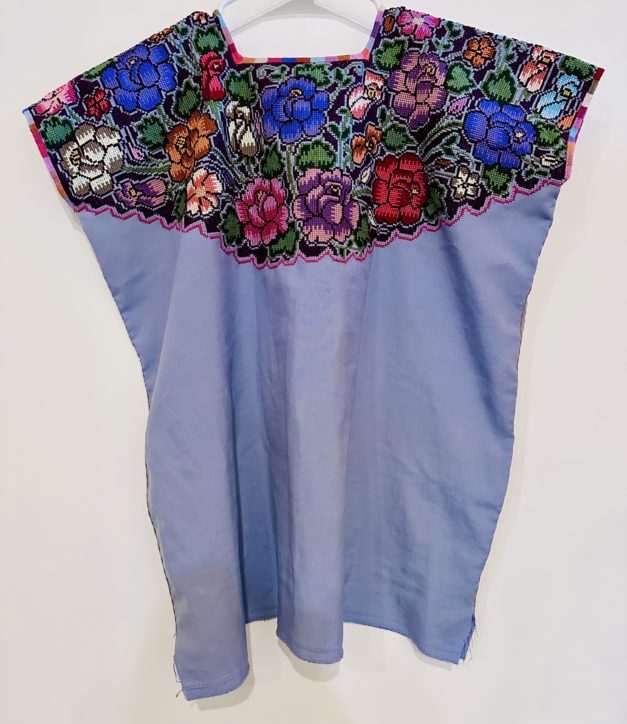On October 30, 2024, we give you a wide-ranging, immersion Day of the Dead experience of a lifetime! Construct a Day of the Dead Altar. Participate in a workshop using wild marigold botanical dyes. Savor traditional tamales made with mole amarillo with a local Zapotec family. Taste artisanal mezcal. Discuss culture, traditions, and Zapotec history. Finish the day with a visit to outstanding weaving and candle-making studios.
- Visit the Dia de la Muertos market in Teotitlan del Valle to gather altar decorations
- Buy fresh flor de muerto — Day of the Dead flowers, candles, homemade chocolate,j altar bread
- Build a Day of the Dead Altar with expert guidance
- Make a Day of the Dead napkin using wild marigolds botanical dyes
- Savor traditional Muertos tamales with yellow mole
- Taste artisanal mezcal made from wild agave
- Discuss traditional altar preparation in this community, culture and traditional
- End the day with visit to weavers and candle makers
What’s Included:
- Enjoy a traditional lunch with a local Zapotec family
- Make a wild marigold dyed textile in a hands-on dye workshop
- Understand traditions and culture with clear, complete translation
- Travel from the city to the village in a luxury van
Why you want to travel with us:
- We know the culture! We are locally owned and operated.
- Eric Chavez Santiago, is your cultural navigator. He is born and raised in Teotitlan del Valle.
- We have deep connections with artists and artisans.
- 63% of our travelers repeat — high ratings, high satisfaction.
- We have wide ranging expertise in community, craft and culture.
- We give you a deep immersion to best know Oaxaca and Mexico
Registration and Cancellation. Tour cost is $175 per person. This includes transportation in a luxury van, bilingual guide services with translation, market meander, altar and studio visits, and lunch. Payment in full is required to reserve. In the event cancellation is necessary, we request a 10-day notice (by October 20) to receive a 50% refund. We accept payment with Zelle (no fees) or with a credit card (4% fee). Tell us when you are ready to register and we will send you a request for funds.
To reserve, please contact Norma Schafer by email.
The artisans we visit in Teotitlan del Valle not only talk about and demonstrate their craft, they discuss their personal experiences and traditions growing up and honoring their ancestors during Day of the Dead. When you participate with us, you will go deep into a rich Zapotec history and culture that pre-dates the Spanish conquest of Oaxaca in 1522, and the settlement of Oaxaca as a colonial capitol.































































